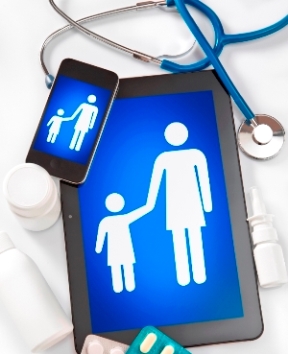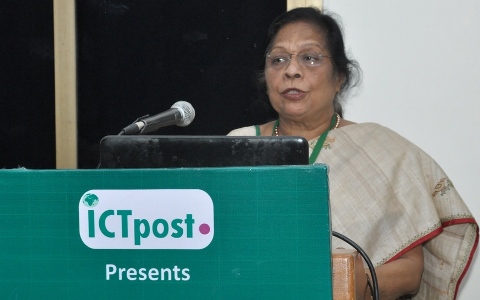Social media has invaded health care from at least three fronts: innovative startups, patient communities and medical centers. The Health 2.0 movement has nurtured dozens of startups with creative concepts to revolutionize health care: tools from vertical search and social networks to health content aggregators and wellness tools.
Patient communities are flourishing in an environment rich with social networks, both through mainline social communities and condition-specific communities. Meanwhile, hospitals and academic medical centers are diving into the social media mix with more than 300 YouTube channels and 500 Twitter accounts. Hospitals are moving from experimentation (Twittering from the OR to Flipcam videos) to strategic use of social media to enhance brand loyalty and recruit new patients. They are taking on monitoring and monetization of social media.
At the same time, health care organizations find challenges in adopting social media. Hospitals and medical practices are risk adverse and generally cautious about new technology trends without clear value. There are questions about whether social media use by hospital employees is a waste of time, or even worse, or leaking proprietary information. Hospital IT departments are concerned about security risks, such as the use of tinyurl.com, which can mask malicious Web sites. Privacy concerns, particularly the vulnerability of social media accounts, are also cited as a reason to avoid social media.
Current Trends in Social Media
Current trends to watch in social media in health care include:
Managing a conversation;
Engaging e-patients;
Convergence with personal health records; and
Social media for providers.
An important distinction in this two-way conversation is between medical advice and medical information. Hospitals and providers need to walk a fine line between giving specific medical advice in the relatively public forums of social media and providing more generalized medical information.
At the same time, there are ways to create a conversation with health care consumers. Sites like Medhelp.org have provided this kind of information using medical experts to answer patient-submitted questions in general terms. For instance, promoting wellness is a win-win; medical information relevant to many is provided without specific medical advice for a patient’s medical condition.
The rise of e-Patients creates many opportunities for engagement. E-Patients are defined as those “who are equipped, enabled, empowered and engaged in their health and health care decisions.” E-patients can provide feedback not only on improving hospital Web sites but also as participants in quality improvement within the health system.
PHRs and Online Communities
As the similarities between online patient communities and PHRs begins to blur, will PHR information from providers be shared with online communities with the appropriate privacy settings so that the user can decide what to share?
Recording one’s medical condition online and abandoning privacy are part of the “Quantified Self” movement. The Robert Wood Johnson Foundation’s Project Health Design uses the concept of “Observations of Daily Living,” which extends the quantified self to behavioral self-observations. The next step in quantified self is self-monitoring, also known as home monitoring and telemedicine. Being quantified in terms of one’s weight, blood pressure or blood glucose provides another way of self-monitoring and participatory medicine.
Some are predicting that in the near future, multiple monitoring devices will be phased out to give way to connections with smart phones that will record and transmit medical monitoring data directly to a PHR. Innovators, such as Google Health and Microsoft Health Vault, as well as edgy startups, will provide the conduit from smart phones to the cloud.
Social Media for Providers
Finally, a relatively untapped resource is the use of social media among medical professionals. If anything, there have been negative stories about abuses and misuses of social media by health professionals and questions about the ethics of connecting with patients online.
Currently, few health care professionals see the value in social networking with other physicians, or they are not convinced that the benefits are worth the time. Although well over 90% of physicians use the Internet for continuing education, medical reference and e-mail with colleagues and a majority of doctors have a smart phone, taking the leap into online communities is less common.
Perhaps current business models dependent on financial incentives and industry sponsorship in exchange for private data have not engaged physicians. Could a different model that provides privacy and collaboration in the context of a community of similar interests demonstrate value and promote adoption?
Future Evolution of Social Media
Social media is here to stay in health care, but it will evolve quickly. Patient engagement will continue to characterize this change. Organizations will use social media tactically within their overall marketing and communications efforts — videos and mobile technology will likely dominate these approaches.
Online patient communities will expand and will become a rich source of information for others. Physicians and other health care providers will discover social media, which will have the potential of progressing medical research.
There may be regular news reports of privacy violations, dangerous misinformation and fraud promoted via social media, but these reports are not likely to stop a wave of innovation and conversation.








